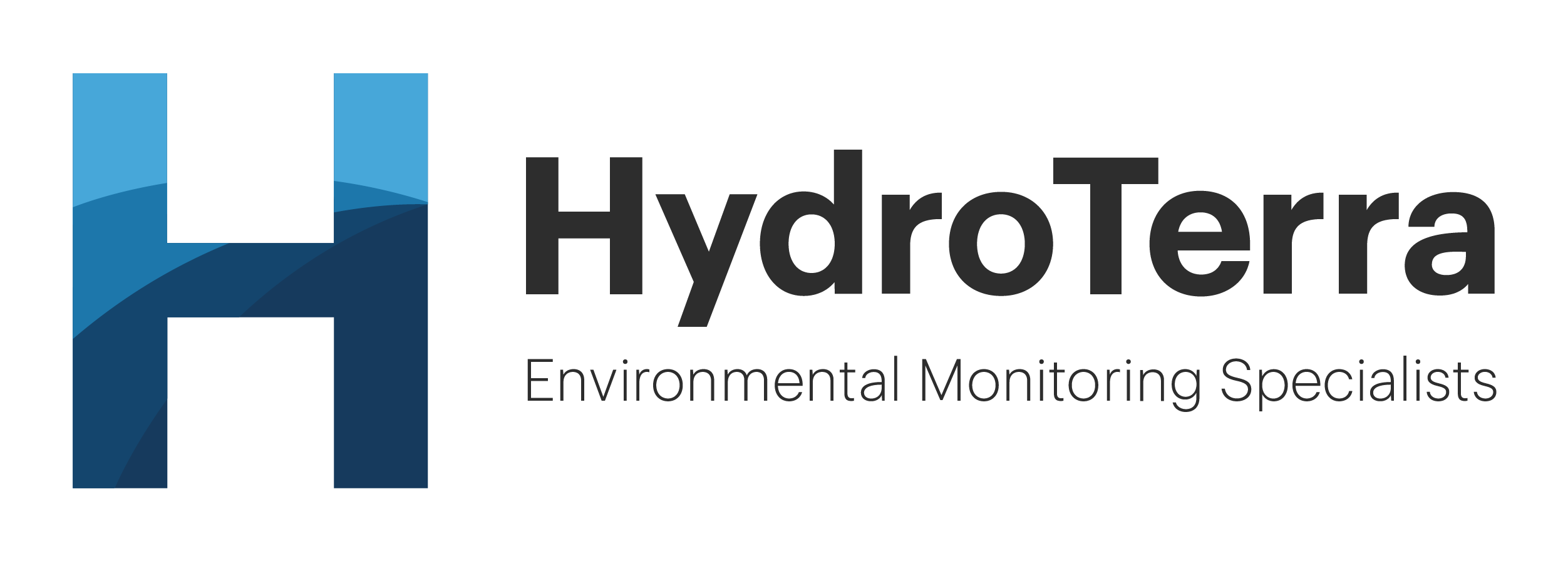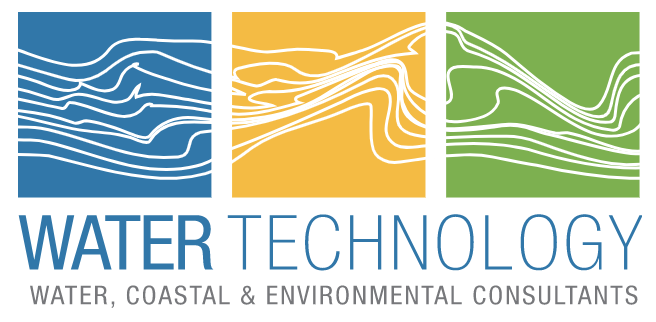Geology and Hydrogeology of Kati Thanda-Lake Eyre Basin
Presented by: Tim Evans – Geoscience Australia
Produced by: IAH NSW and IAH ACT
Date: 18:00 Tuesday 13th Feb 2024
Where: Online only
Online: Teams Link
Abstract: The Kati Thanda-Lake Eyre Basin (KT-LEB) is of immense ecological and cultural significance, both globally and nationally. It is Australia’s largest catchment area and ranks amongst the worlds’ largest dryland drainage systems. The KT-LEB includes some iconic arid environments such as the “channel country” floodplains, Simpson and Strzelecki deserts, Kati Thanda-Lake Eyre itself, as well as many of the Great Artesian Basin (GAB) springs. The ecology of the KT-LEB is primarily driven by rainfall and resulting surface water flows, which cycle from ‘boom’ periods following large floods to ‘bust’ during dry periods. Flooding is also a major source of groundwater recharge. In turn, during dry periods groundwater underpins ecosystems and environment as a source of water. More persistently wet and productive areas in the landscape are also highly valued by the pastoral industry, are of cultural significance and have amenity value for communities. KT-LEB natural resources and environment are managed by state and territory jurisdictions, with the Australian Government playing a coordinating role through the Lake Eyre Basin Intergovernmental agreement.
Groundwater supplies in the KT-LEB region are often preferentially sourced from deeper regional aquifer systems that underlie the Cenozoic, such as those found in the Eromanga (Great Artesian Basin), Georgina or Amadeus basins. These regional aquifer systems have been the focus of decades of research. The surface geology in the KT-LEB is dominated by Cenozoic sediments that can be over 300m thick. Aquifers in the Cenozoic are utilised as a water supply where thickness of Cenozoic is sufficient or if water supplies from deeper regional aquifer systems are either not present or difficult to access. Shallow aquifers can support GDE’s and are often the interface between deeper regional aquifer systems and surface environments. However, in contrast to deep regional aquifer systems, groundwater systems in the Cenozoic are relatively understudied and groundwater monitoring data is localised. In addition, information relevant to groundwater in the Cenozoic is scattered across jurisdictions and multiple sources.
KT-LEB National groundwater system project was undertaken as part of Geoscience Australia’s Exploring for the future programme. The project provides a cross-jurisdictional summary of the geology, hydrogeology and groundwater systems in the Cenozoic. New data includes geological models of Cenozoic and aquifer/aquifer province attribution to groundwater bores. It includes a case study of the application of regional Airborne Electromagnetics survey data to understanding groundwater systems in the Cooper Creek floodplain in Queensland.
Bio: After completing his BSc (Geology) in 1993 at the University of Ballarat, Tim spent the first 10 years of his career working as a geologist in a variety of roles in the resources industry. One highlight was his involvement in discovery and appraisal of the Nick O’ Time gold deposit at Tarnagulla in Victoria. In 2002, whilst working as an engineering geologist at Kambalda (WA), Tim saw the light and enrolled in an MSc (Hydrogeology and GW management) course at UTS. From 2003 through 2013 Tim ran his own consultancy business through which he was involved in numerous Australian based projects as either a geologist or hydrogeologist. These projects included investigations of groundwater systems in Victoria and the appraisal of hot sedimentary aquifer geothermal resources in the Otway Basin. Since 2013, Tim has worked as hydrogeologist with Geoscience Australia where he has been involved in a variety of projects, including cumulative impact assessments of development of coal and unconventional petroleum resources to groundwater and the environment. Tim is also the chairperson of the IAH ACT Branch.

























